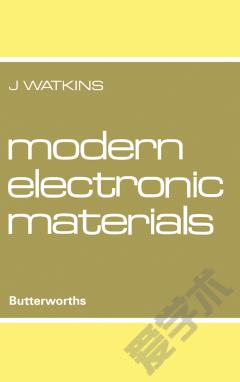Electronic Materials
The electronic properties of solids have become of increasing importance in the age of information technology. The study of solids and materials, while having originated from the disciplines of physics and chemistry, has evolved independently over the past few decades. The classical treatment of solid-state physics, which emphasized classifications, theories and fundamental physical principles, is no longer able to bridge the gap between materials advances and applications. In particular, the more recent developments in device physics and technology have not necessarily been driven by new concepts in physics or new materials, but rather by the ability of engineers to control crystal structures and properties better via advances in crystal growth and patterning techniques. In many cases, new applications simply arise from the adaption of conventional ideas to interdisciplinary areas. One example is that of recent advances which rely heavily upon the availability of the sub-micron technology developed by the semiconductor industry. Another example is the emergence of nanotechnology.This book aims to bridge the gap between solid-state physics, materials science and electronics. Its objective is to serve as a textbook covering all three areas, but having the ultimate goal of providing an understanding of the operation of devices. To make this book useful to a broad set of readers, the tendency is to treat the more difficult subjects, such as solid-state physics, using fewer mathematics and including worked examples where possible.
{{comment.content}}








 京公网安备 11010802027623号
京公网安备 11010802027623号